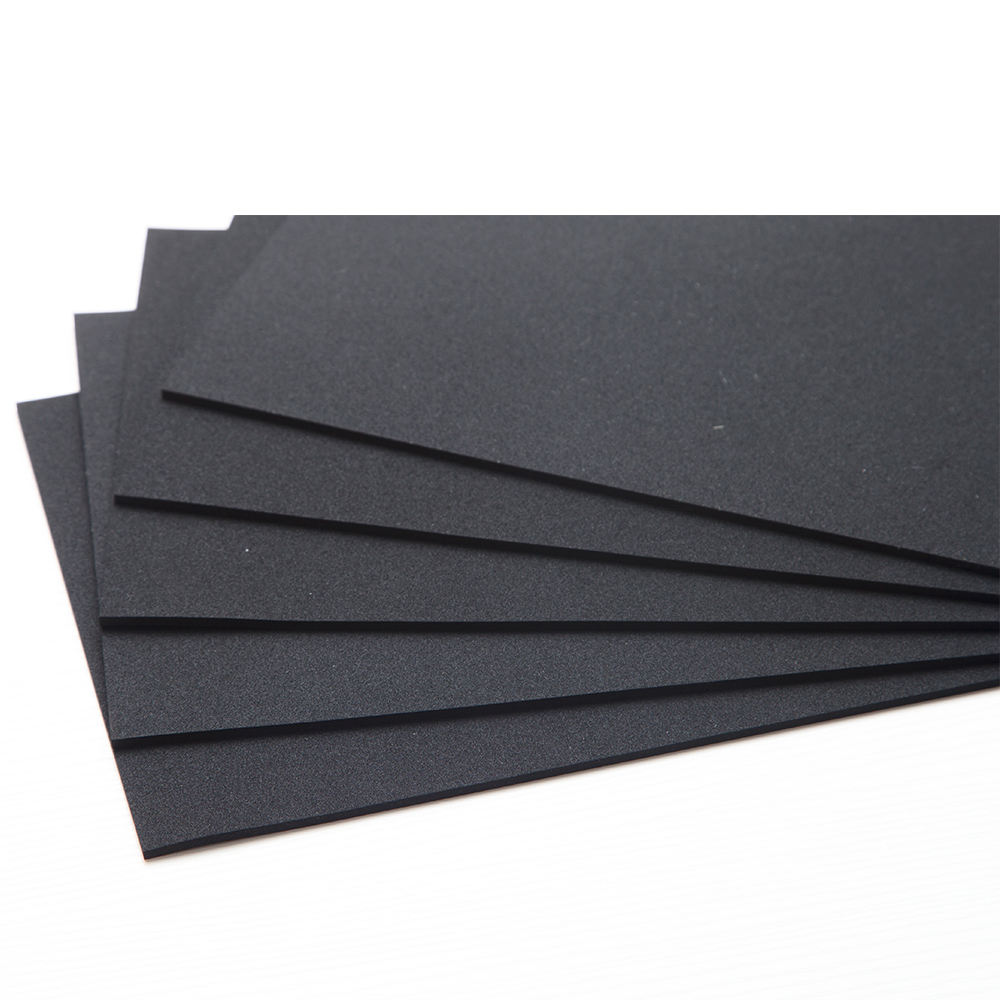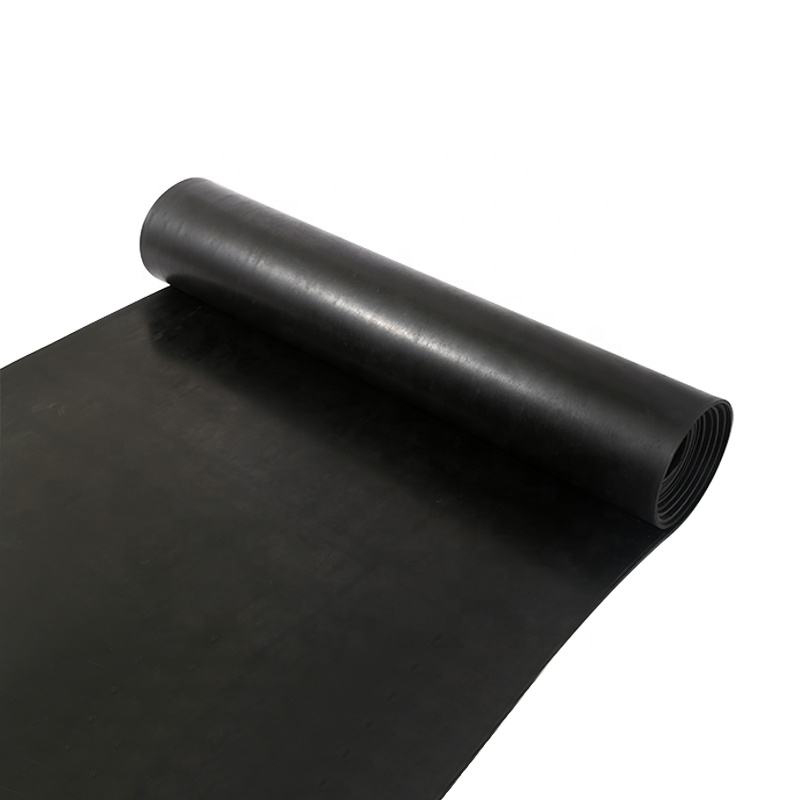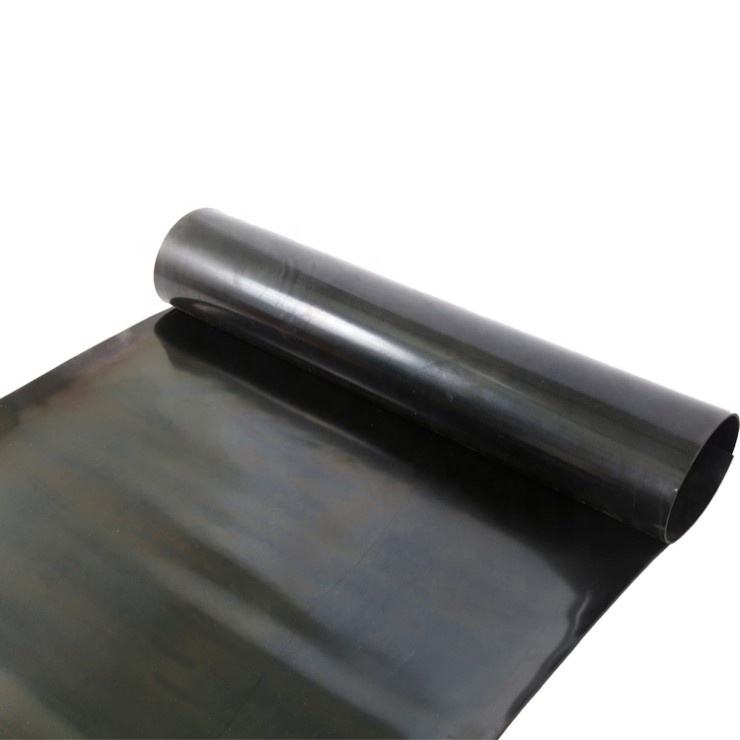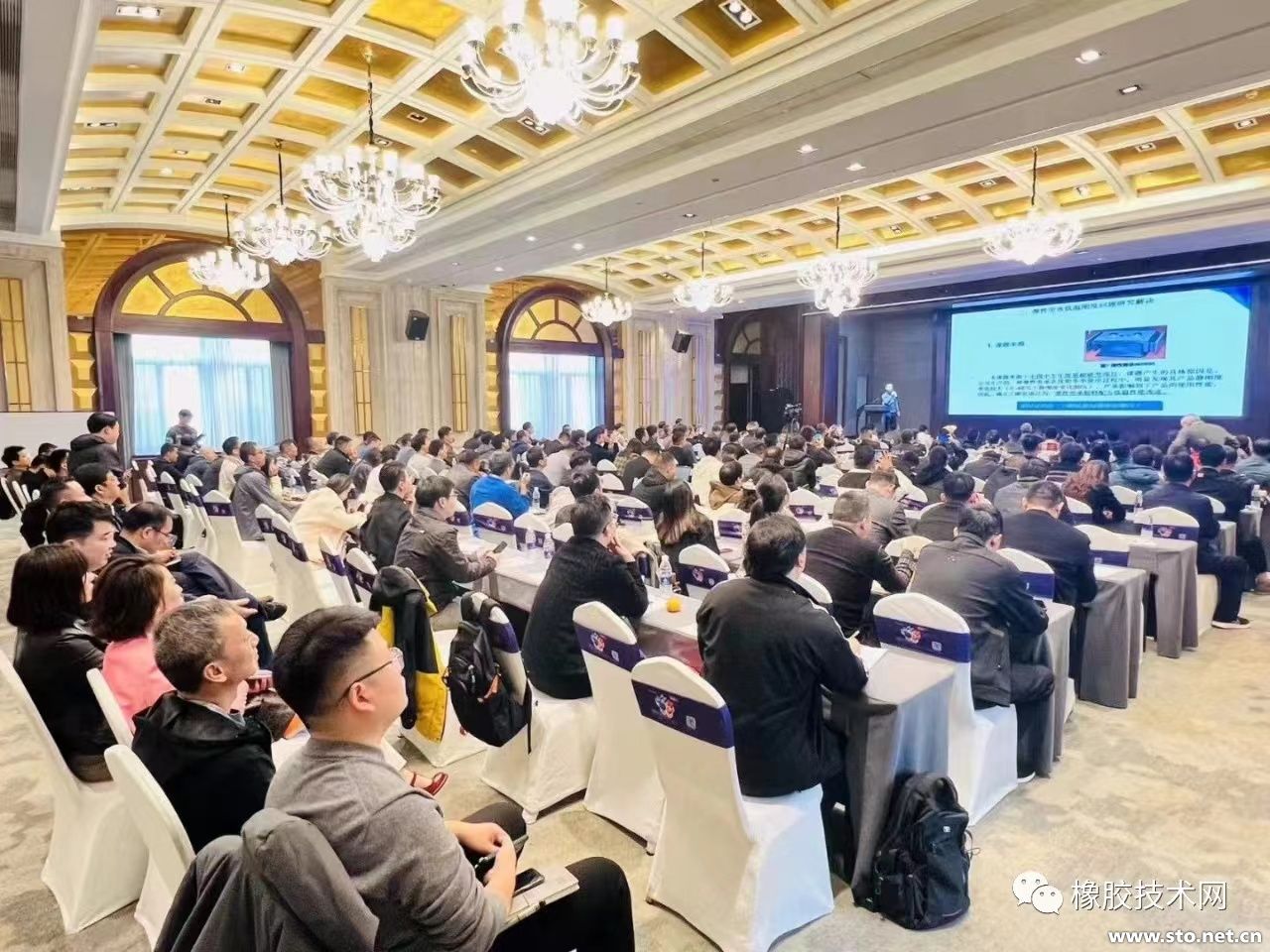What are the common problems when rubber foam? How to fix it?-TWO
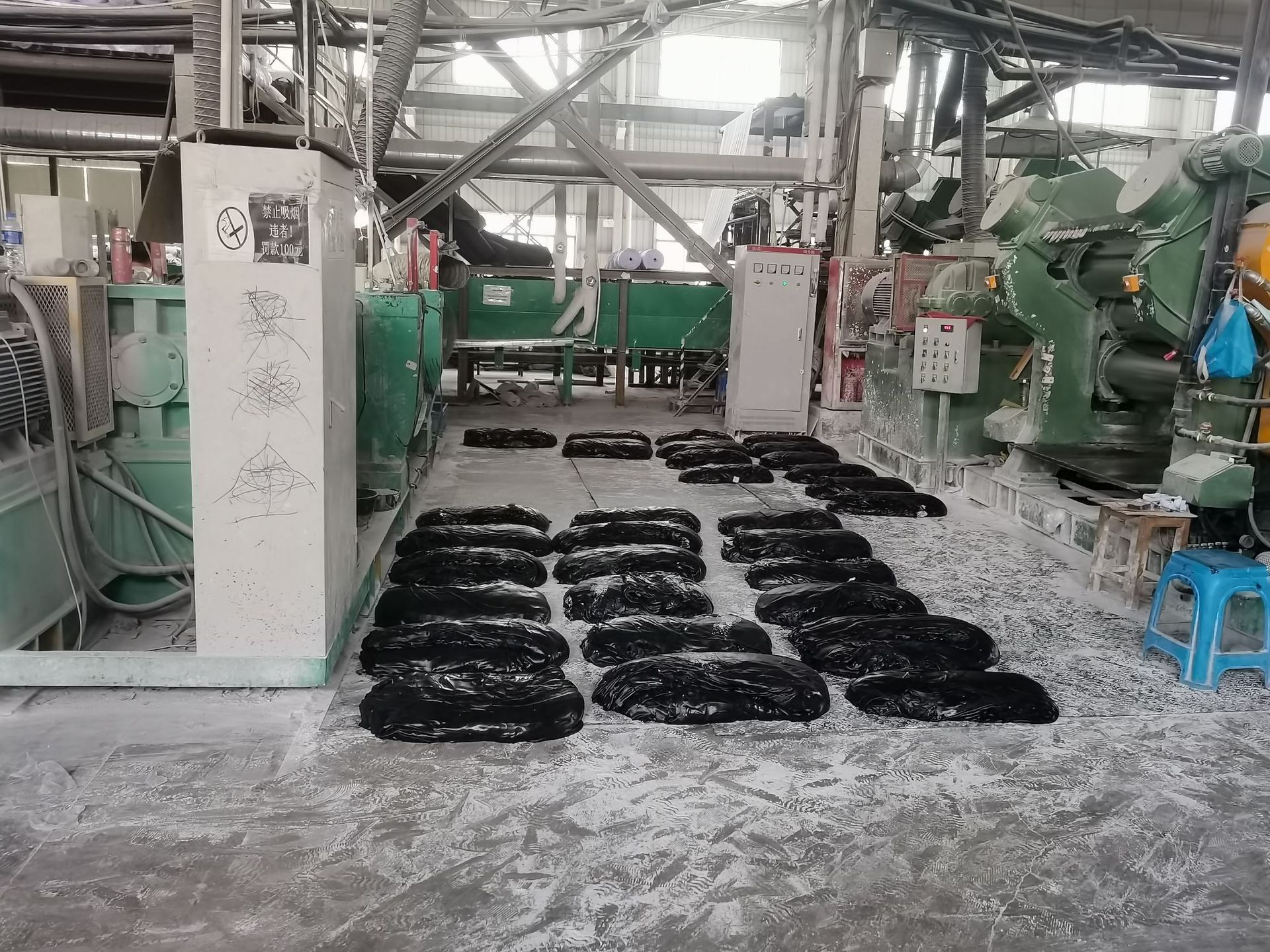 Problem 3: The foam hole appears too large or too small uneven phenomenon
Problem 3: The foam hole appears too large or too small uneven phenomenon
1, the foaming agent clumping phenomenon, the solution will be the clumping particles are screened, the relatively coarse particles are fully powdered, and then they are fully mixed so that they are evenly dispersed.
2, the compound contains too much water or air and other impurities mixed in the rubber. In this case, the excess water in the compound should be removed first, and the air and impurities in the compound should be fully removed, so that they can be fully vulcanized.
3, it may be because the vulcanization is insufficient, and the phenomenon of continuing to hair holes appears after the formation of the pattern. At this time, the conditions of the vulcanization process should be adjusted accordingly, and the amount of vulcanizing agent should be increased to meet the corresponding standards.
Common problem four: over-curing or under-curing
1, over vulcanization general surface discoloration, small holes, high hardness, product edge split, the cause is improper operation, or the temperature is too high, vulcanization time is too long or instrument failure, should check the valve and instrument whether there is a problem, and then strictly implement the operating rules.
2, under vulcanization, under vulcanization, the internal pressure of the pores after the mold is greater than the external pressure, if the rubber continues to hole, light will cause too low hardness, poor strength, large deformation; Heavy hole burst. Check whether there is a problem with the instrument and valve, and strictly follow the operating rules.
Note: foaming products control quality indicators (1) apparent density, the smaller the better; (2) Mechanical strength is generally 0.5-1.6Mpa; (3) static compression permanent deformation; (4) hardness; (5) impact elasticity; (6) continuous fatigue; (7) aging test (70 degrees *70 hours; 100 degrees *24 hours); (8) Low temperature test.

